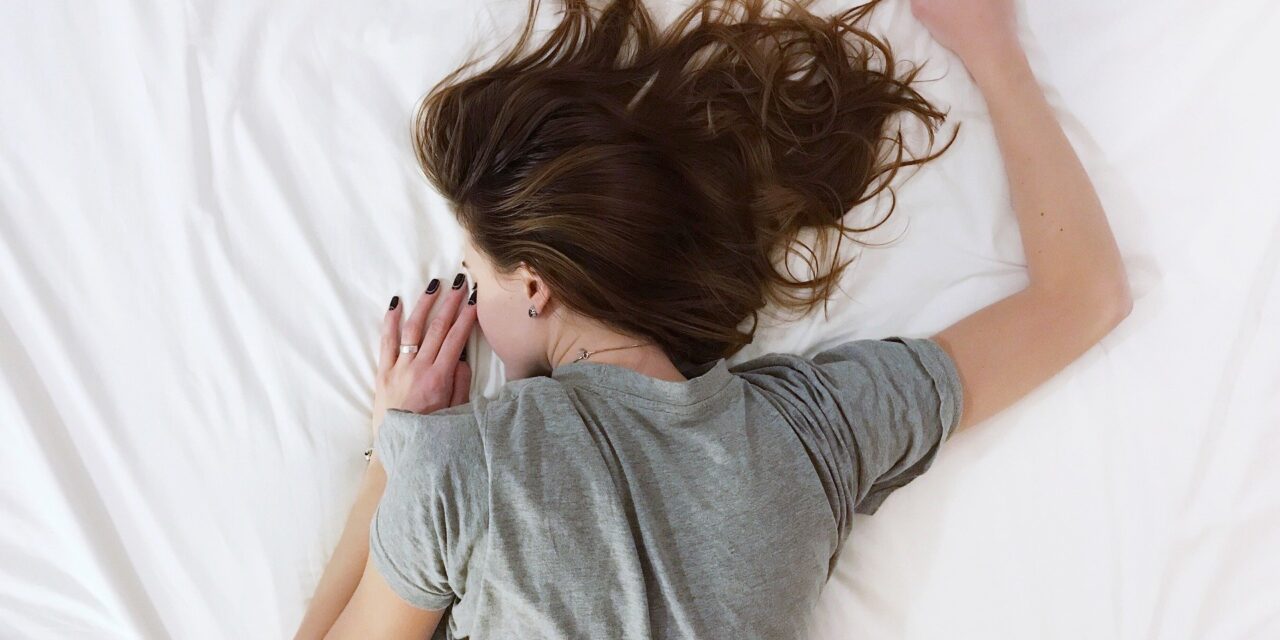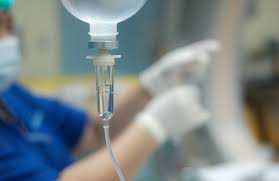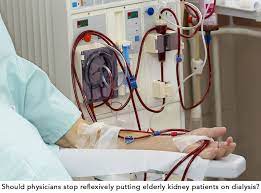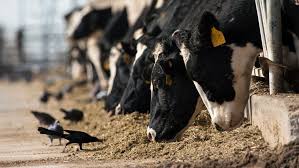As the clock ticks past 2 p.m., many people, including Kendra King, a writer from Philadelphia, find themselves fighting off an afternoon slump. Working from home has allowed King to indulge in early afternoon naps, typically lasting between 20 and 30 minutes—a routine that she didn’t initially plan but quickly grew fond of.
“A lot of times, I don’t go in with the intention of taking a nap, but instead to lay down and rest,” King shared. “Then I end up drifting off and wake up feeling energized and fresh to continue on my day.”
Without realizing it, King had naturally adopted a napping pattern that sleep experts widely recommend. Research shows that short naps can enhance motor skills, boost memory, and spark creativity—benefits that King has personally experienced.
“I’m definitely more creative after napping,” she noted.
The Power of the 30-Minute Nap
Experts emphasize that naps lasting less than 30 minutes, often referred to as “power naps,” allow the brain to rest just enough to recharge. James Maas, a former Cornell University professor who spent 48 years studying sleep, explains that these brief naps offer a “royal flush” of benefits, enhancing alertness, concentration, productivity, creativity, and mood.
“We know it’s an easy, helpful way to quickly boost your alertness, your concentration, your productivity, your creativity, and your mood. It’s a royal flush,” said Maas, who authored “Sleep for Success! Everything You Must Know About Sleep But Are Too Tired to Ask.”
Napping and the Circadian Rhythm
The benefits of napping are rooted in our circadian rhythm—the body’s internal clock that regulates sleep and wakefulness. According to Maas, this rhythm includes two natural periods of drowsiness every 24 hours: once at night and again between 2 and 4 p.m. This afternoon dip in energy is why many people, like King, feel the urge to nap.
During a typical night, we cycle through several 90-minute sleep stages, from light sleep to deep sleep, with the deepest sleep occurring towards the middle of the night. However, daytime naps are shorter and usually only involve stage-two sleep, which is particularly effective for improving alertness and memory, says Sara Mednick, a sleep researcher at the University of California-Irvine.
“It’s like putting yourself into low-power mode just for a little bit and letting your body recuperate,” explained Mednick, author of “Take a Nap! Change Your Life.”
Napping vs. Caffeine: Which is Better?
Mednick’s research has also revealed that naps can be more effective than caffeine for boosting cognitive performance. Her studies have shown that naps, even brief ones, outperform both caffeine and placebos when it comes to improving cognitive function.
“We showed better effects with the placebo on performance than with the caffeine,” Mednick said. “So if you think you’re getting caffeine, you’re going to perform better than if you actually get caffeine.”
Napping Isn’t for Everyone
While the benefits of napping are well-documented, Mednick acknowledges that napping is not universally beneficial. Her research indicates that approximately half of the people tested did not experience significant benefits from napping.
“I’d say to those people who really don’t like to nap, ‘Listen to your body,'” Mednick advised.
Whether you’re a habitual napper like King or someone who struggles to find the appeal in daytime snoozing, understanding the science behind naps can help you make informed decisions about your midday rest. If you often find yourself battling grogginess in the afternoon, consider giving a 20 to 30-minute power nap a try—it might just be the perfect way to recharge.












